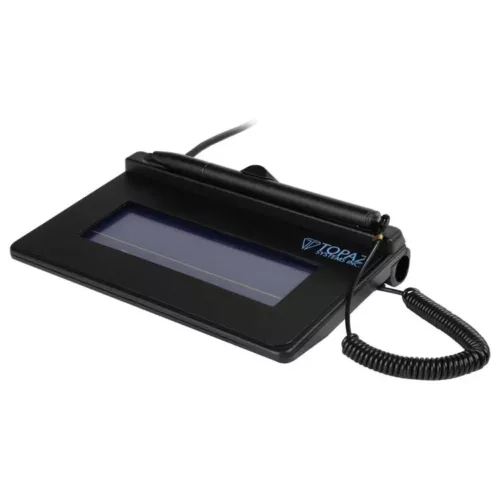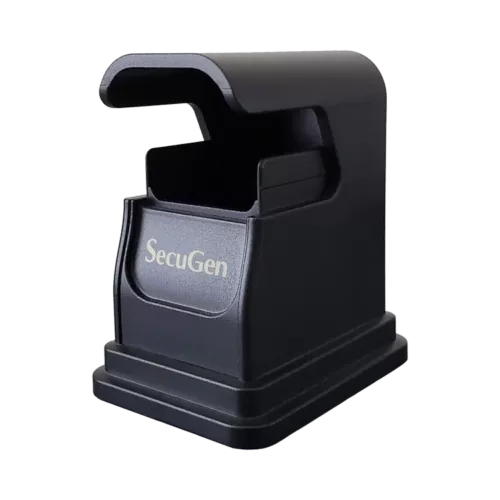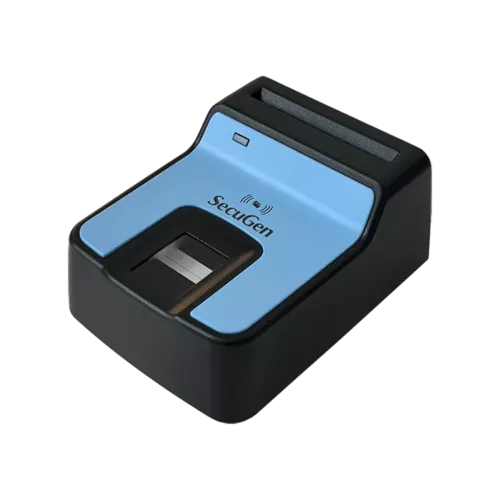“Through our consultations with the airlines and airport stakeholders, and based on the success of several pilots, CBP determined that facial recognition was a viable exit solution,” said John Wagner, Deputy Executive Assistant Commissioner, Office of Field Operations. “With the expansion of this technology we will be looking at different flights, airports, lighting conditions, and internal IT configurations to demonstrate to our stakeholders that this solution is flexible, reliable and easy for travelers to use.”
Using the flight manifest, CBP builds a flight specific photo gallery using photographs from the travel document the traveler provided to the airline. CBP then compares the live photo against the document photo in the gallery to ensure the traveler is the true bearer of the document. If the photo captured at boarding is matched to a U.S. passport, the traveler—having been confirmed as a U.S. citizen—is automatically determined to be out of scope for biometric exit purposes and the photo is discarded after a short period of time. CBP remains committed to protecting the privacy of all travelers.
Delta and JetBlue recently announced collaborations with CBP to integrate facial recognition technology as part of the boarding process. Delta is testing eGates at John F. Kennedy International Airport and Hartsfield-Jackson International Airport and JetBlue is testing facial recognition technology at Boston Logan International Airport that allows passengers to self-board without scanning a boarding pass.
There are several legislative mandates that direct the Department of Homeland Security to record the arrival and departure of non-U.S. citizens by collecting biometrics. CBP first established biometric screening procedures based on digital fingerprints for certain non-U.S. citizens in 2004 to secure our borders and ensure that the foreign travelers presenting themselves for admission to the United States are who they claim to be.
Related Products
Related Articles
BehavioSec Creates New Authentication and Fraud Detection Capabilities in Latest Behavioral Biometrics Platform Release
SAN FRANCISCO, CA USA — May 19, 2021 — BehavioSec, the industry pioneer and technology leader for behavioral biometrics and continuous authentication, today announced new features added in its upcoming release of the BehavioSec behavioral biometrics platform – BehavioSense. BehavioSense
Chainway Launches C66 Mobile Computer with High Extensibility
May 13, 2019 -- Chainway, a global provider of data collection products and solutions, recently launched C66, a new industrial-grade handheld computer. With compact and ergonomic design, this device features overall improvement on configuration and capability like larger screen, removable battery
FEITIAN achieved the FIDO Biometric Component Certification
Beijing, China and Santa Clara, CA — April 29, 2021 — FEITIAN has been qualified to be the first security key and smart card vendor to achieve the FIDO Biometric Component Certification. This is mandatory to qualify for FIDO
EyeLock Secures Contract in Egypt with its Portable Template Technology
NEW YORK, April 21, 2021 -- EyeLock LLC, a leader of iris identity authentication solutions and subsidiary of VOXX International Corporation (NASDAQ: VOXX), announced today that it was awarded a contract to control the access of individuals into the four data center
IDEMIA and INTERPOL Further Their Partnership to Supply Brand New Multi-Biometric System
April 14, 2021 -- COURBEVOIE, France -- Following the renewal of an existing contract, IDEMIA will deliver INTERPOL’s new identification system that will usher in enhanced capabilities such as higher matching accuracy and more user-friendly interfaces. Designed and scaled so
Shufti Pro Launches NFC Verification to Simplify Identity Verification Workflow
London, United Kingdom, April 13, 2021 -- Shufti Pro, an AI-powered identity verification service provider has launched a new product, NFC Verification, to enhance its IDV process. NFC verification by Shufti Pro uses Near field Communication technology to swiftly




